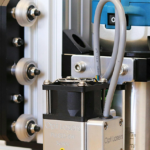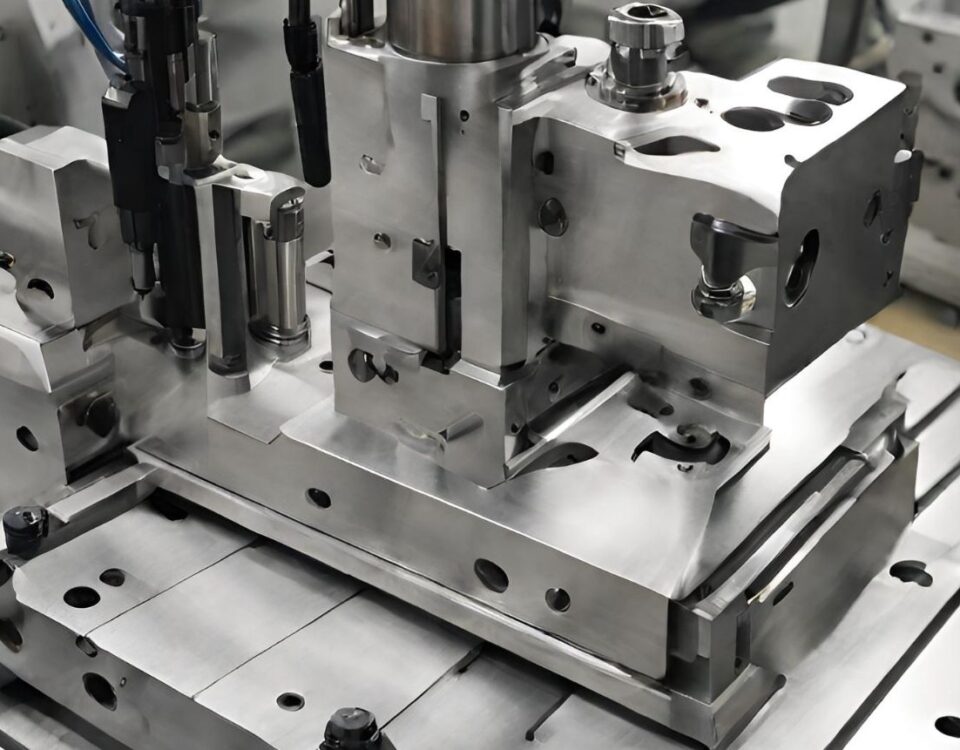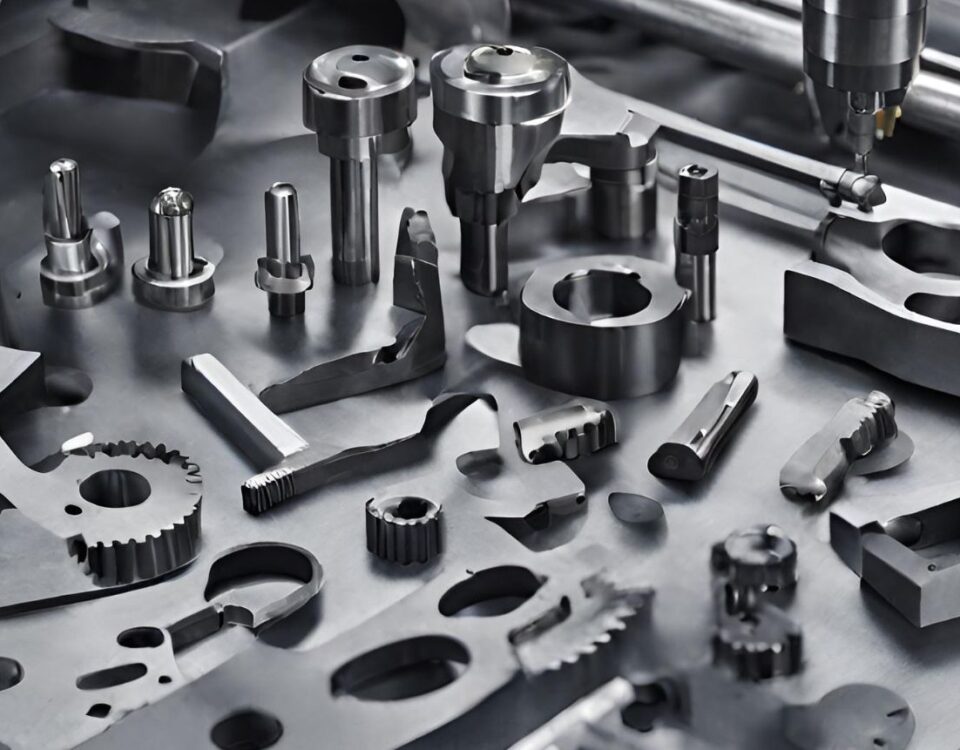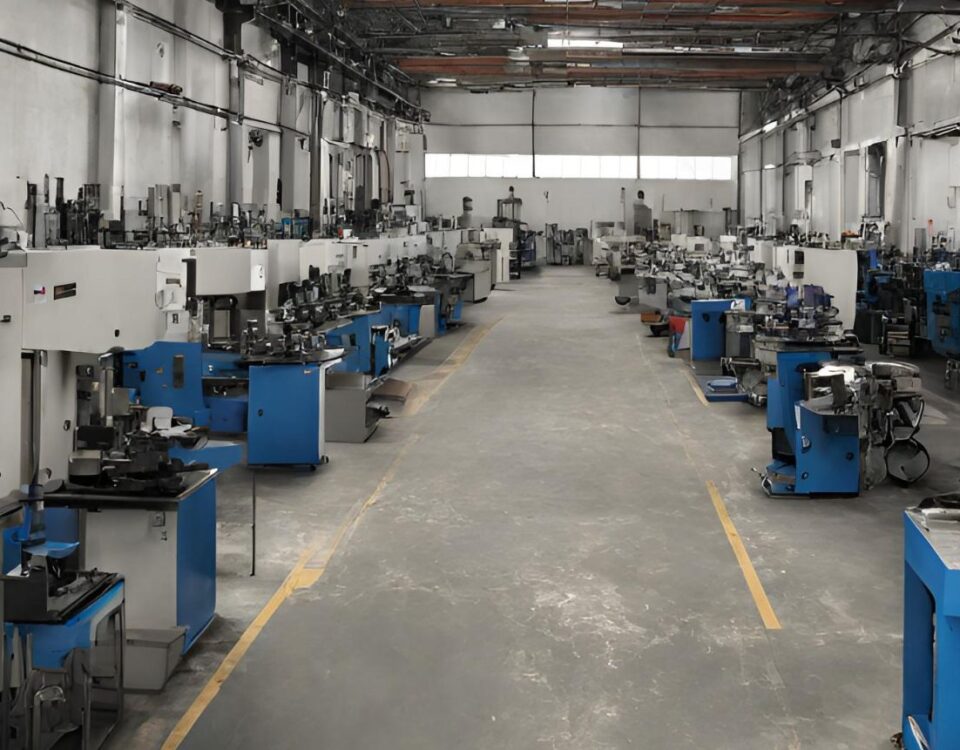
What is the difference between an NC and CNC machine?
20 December 2023
A Brief Overview of Machined Parts
27 December 2023The physical and chemical properties of each group of aluminum alloys vary because of the different elements that make up each group. Additionally, the crystallization process is unique. It must therefore be focused on the properties of the aluminum alloy. sensible selection of the casting technique. in order to maximize casting quality by preventing or minimizing the occurrence of casting defects within the allowed range.
Pros of Aluminum Casting Process:
-
Lightweight: Aluminum is known for its lightweight nature, making it ideal for applications where weight is a concern, such as aerospace and automotive components.
-
High Strength-to-Weight Ratio: Aluminum offers a high strength-to-weight ratio, providing structural integrity while keeping weight low.
-
Corrosion Resistance: Aluminum exhibits good resistance to corrosion, making it suitable for outdoor and marine applications.
-
Excellent Thermal Conductivity: This property makes aluminum an excellent choice for heat transfer applications, such as heat exchangers and electronic components.
-
Recyclability: Aluminum is highly recyclable, contributing to sustainability and cost-efficiency.
Cons of Aluminum Casting Process:
-
High Melting Point: Aluminum has a relatively high melting point compared to other metals, which can increase energy consumption during the casting process.
-
Shrinkage: Aluminum can exhibit shrinkage during cooling, potentially leading to dimensional inaccuracies in the final cast product.
-
Tooling Costs: Initial tooling costs for aluminum casting can be relatively high, impacting the upfront investment required for production.
-
Gas Porosity: Aluminum casting may be susceptible to gas porosity, necessitating careful process control to minimize defects.
-
Wear Resistance: While aluminum offers good corrosion resistance, it may have limited wear resistance in specific applications, requiring additional treatments or coatings.
Conclusion
In conclusion, the aluminum casting process offers several advantages, including its lightweight nature, high strength-to-weight ratio, corrosion resistance, excellent thermal conductivity, and recyclability. However, it also presents challenges such as a high melting point, potential shrinkage, initial tooling costs, susceptibility to gas porosity, and limited wear resistance in certain applications. Understanding these pros and cons is crucial for making informed decisions regarding the use of aluminum casting in various industrial applications.




